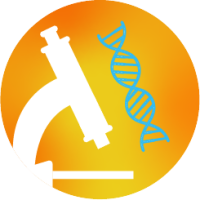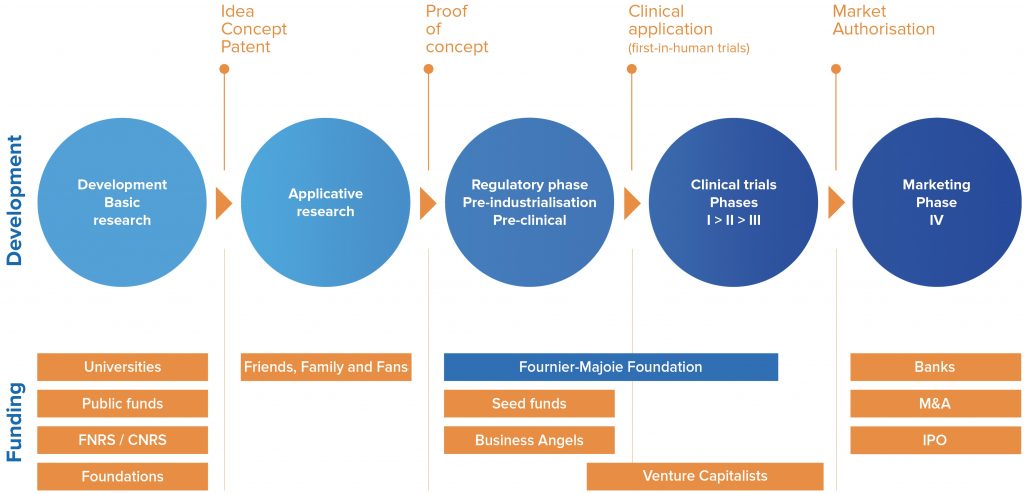Because every year,
more than 18 million people develop cancer
We are all concerned
100% of donations straight to scientific projects
Facts about cancer

Around 50 million people are living with cancer in the world today.
This includes the 18 million (*) diagnosed in the last 12 months, as well as all those undergoing treatment or in remission.
Behind these impressive figures, children, men and women are suffering.
(*) Globocan/WHO 2020

1/4 → 1/2
Progress in understanding this multi-faceted disease and in improving diagnosis and treatment is undeniable.
50 years ago, only 1 in 4 patients survived cancer. Today, the survival rate is around 1 in 2 (*)!
That’s better, but far from good enough.
(*) Cancer Research UK, 2020

With such a high incidence and devastating mortality rate, it is vital to support innovative projects to improve existing therapeutic solutions and develop new cancer diagnostics and treatments.
It is the only way out.
A saddening mess
Our observation is that too many promising discoveries against cancer never reach the patient.
- Why is this? Out of 10,000 anti-cancer discoveries, only 1 will become a therapeutic solution.
- This high risk means that many promising projects fail prematurely also because of a lack of resources and support.
- This waste represents a real loss of value and, above all, missed opportunities to save lives.
The Foundation steps in at a crucial moment
In the development of a new cancer treatment, the Foundation intervenes at the precise moment when a researcher has made a highly promising discovery and needs both financial and entrepreneurial support.
We provide support on both fronts to enable them to bring their project to patients as effectively as possible.

Help us save lives
Would you have imagined that tobacco could one day cure cancer?
Our focus 2024 project targets blood cancers, which are the most common cancers in people under the age of 20. The development of this innovative targeted therapy represents hope for the 108,000 people diagnosed with this type of cancer every year in Europe.
Once the clinical phase has been reached with this first target, several solid cancers will be targeted.